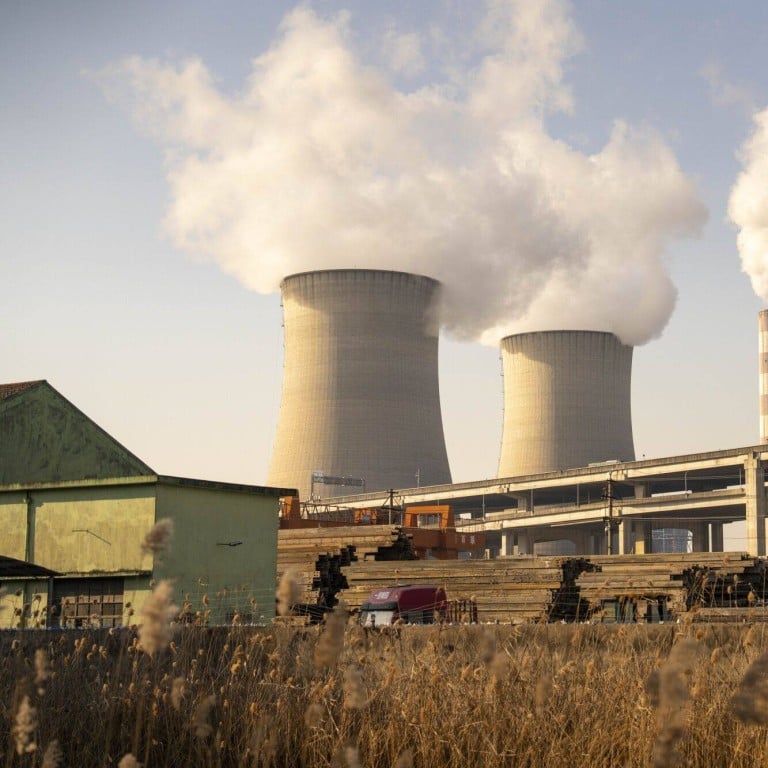
Climate change: China at risk of missing its goals unless it takes drastic action to rein in coal expansion, new research finds
- China ‘way off track against its target of cutting carbon intensity by 18 per cent between 2021 and 2025,’ says Centre for Research on Energy and Clean Air
- Approaching deadline for peak emissions by 2030 has led many developers to pursue carbon-intensive projects while the window is still open, says report
“Another year of rapidly rising emissions in 2023 leaves China way off track against its target of cutting carbon intensity by 18 per cent between 2021 and 2025,” said Lauri Myllyvirta, lead analyst at the Centre for Research on Energy and Clean Air (CREA). “As a result, carbon dioxide emissions would now need to fall by 4 to 6 per cent by 2025 to hit the goal.”
In April 2021, President Xi Jinping said China would “strictly control” coal-fired power generation projects, reach peak consumption next year and start phasing it down in 2026, as part of the nation’s goals for carbon emissions to peak before 2030 and to reach net-zero by 2060.
These targets are at risk of going “severely” off track, given approvals of new coal power plants increased fourfold in 2022-23, compared with the previous five-year period of 2016-20, the analysts said.
In particular, the growth rate of coal power generation accelerated to 4 per cent annually between 2021 and last year, from 3.5 per cent between 2016 and 2020, while growth in total coal consumption – in the power and non-power sectors – accelerated eight-fold to 3.8 per cent a year from 0.5 per cent.
New coal power projects with 114 gigawatts of generating capacity received government approval last year, up from 104GW in 2022. The total volume of 218GW in the past two years came close to the record of 233GW permitted in 2014-15.
Construction started on another 70GW of capacity, a sharp rise from 54GW in 2022. Some 47GW was commissioned, up from 28GW.
Building and maintaining this vast power capacity is a “major economic drag”, the analysts said, noting a Renmin University study cited by the People’s Daily in 2023 that estimated the national coal power assets to be at risk of losing 120 billion (US$16.69 billion) to 350 billion yuan in value if they are forced to run at low capacity or shut down in the future.
To reach the carbon intensity reduction target for next year, China’s coal consumption and carbon emissions must fall in absolute terms between last year and next year, which is a tall order, the analysts said.


